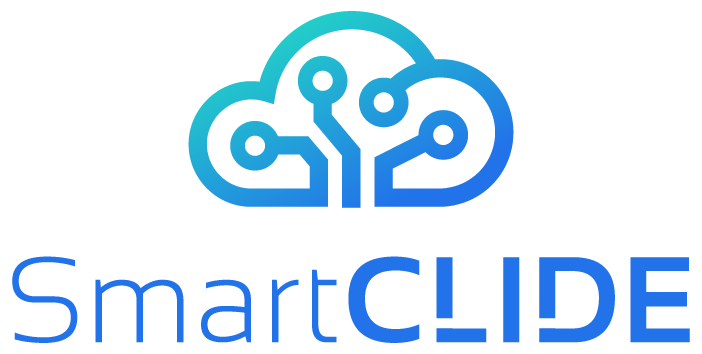User Access Management (UAM), also known as identity and access management (IAM), is the act of defining and managing the roles and access privileges of individual network entities (users and devices) to a variety of cloud and on-premises applications. Users include customers, partners, and employees, while devices include computers, smartphones, routers, servers, controllers, and sensors. The core objective of an IAM solution is to assign one digital identity to each individual or a device. Once that digital identity has been established, the IAM solution maintains, modifies, and monitors access levels and privileges through each user’s or device’s access life cycle.
In today’s complex compute environments, IT departments are under increased regulatory and organizational pressure to protect access to corporate resources. As a result, they can no longer rely on manual and error-prone processes to assign and track user privileges. IAM automates these tasks and provides a seamless way to manage user identities and access all in one place. The core responsibilities of an IAM system are:
- Verification and authentication of users based on their roles and contextual information such as geography, time of day, or (trusted) networks
- Capturing and recording of user login events
- Managing and provision of visibility of the business’s user identity database
- Managing the assignment and removal of users’ access privileges
- Allowing system administrators to manage and restrict user access and monitor changes in user privileges
The adoption of an Identity Management system provides a wide range of benefits to organizations, such as:
- Secure access: access privileges are granted according to the selected policy, and all individuals and services are properly authenticated, authorized and audited
- Reduced risk: companies have greater control of user access, which reduces the risk of internal and external data breaches
- Ease of use: the use of an IAM framework can make it easier to enforce policies around user authentication, validation and privileges
- Reduced IT costs: businesses can operate more efficiently by decreasing the effort, time and money that would be required to manually manage access to their networks
- Meeting compliance: an effective IAM system facilitates businesses to confirm compliance with critical privacy regulations such as HIPAA, the Sarbanes-Oxley Act and GDPR
If you wish to learn more about this aspect of the SmartCLIDE project, we invite you to read the public deliverable entitled “D3.1 – Early SmartCLIDE Cloud IDE Design“.




No responses yet